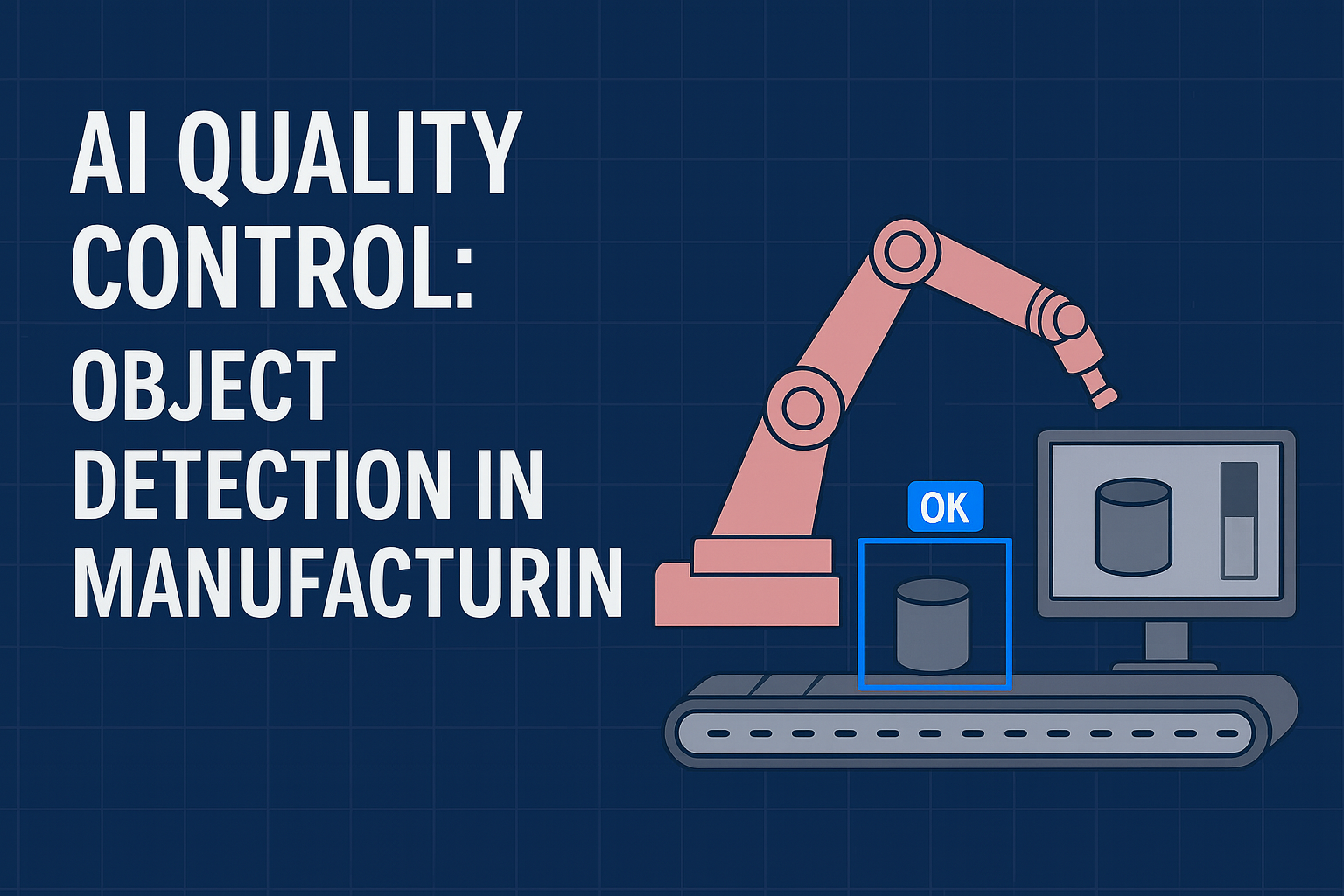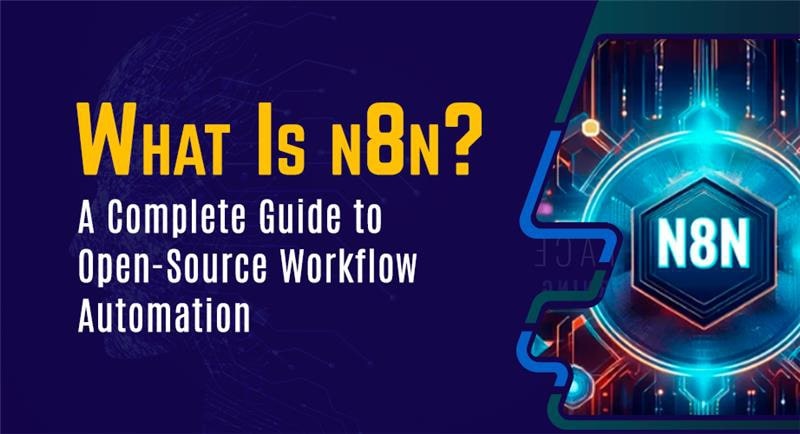In the realm of manufacturing, downtime directly affects output, income, and customer satisfaction—not only a hassle. Manufacturers have historically used reactive or scheduled maintenance to control machinery performance. But predictive maintenance driven by machine learning (ML) is rising as a smarter, more efficient substitute as operations get more complicated and data gets more available.
In this blog post, we'll discuss how machine learning is changing manufacturing maintenance plans and the reasons it is becoming necessary to remain competitive in a market going more and more automated.
What Is Predictive Maintenance?
Using data analysis tools and techniques, predictive maintenance (PdM) seeks anomalies and forecasts equipment breakdowns before they start. Maintaining equipment at just the right time—not too early and not too late—helps to prevent unneeded maintenance and minimise unplanned downtime.
Conventional approaches to maintenance consist of:
- *Reactive maintenance is the fixing of broken machinery following breakdowns.
- *Preventive maintenance: Independent of condition, preventive maintenance should be done at set intervals.
Conversely, predictive maintenance uses real-time data and predictive models to evaluate machinery's actual state and project failures, so supporting more strategic decision-making.
The Role of Machine Learning in Predictive Maintenance
The core of contemporary predictive maintenance systems are machine learning techniques. Large volumes of sensor data processing allows ML models to find trends, spot early wear or failure, and continuously enhance forecasts over time.
Important Machine Learning Strategies Applied:
- *An anomaly detection in sensor data refers to odd behaviour (such as abrupt temperature spikes or vibration changes).
- *Classification Models: Groups machine states as "at risk" or "healthy".
- *Regression models project components' remaining useful life (RUL).
- *Time Series Analysis: Search for early failure signals by means of sensor data trends over time.
Predictive Maintenance's Real-World Manufacturing Applications
Predictive maintenance is being used in many different manufacturing environments to lower equipment failure, maximise maintenance schedules, and keep production lines running smoothly—not only as a theoretical improvement. The following real-world situations show where machine learning is clearly having an impact:
1. Rotating Machinery Equipment: Pumps, Fans, and Motors
Rotating equipment is absolutely essential in many manufacturing settings. Using data from sensors tracking vibration, temperature, and current, ML models identify early indicators of imbalance, misalignment, or bearing failure. This prevents abrupt stops brought on by mechanical wear or motor burnout.
Impact: Avoids catastrophic motor failure, extends equipment life, and increases energy economy.
2. Industrial Robotics and CNC Machines
Industrial robots and Computer Numerical Control (CNC) machines both demand great accuracy and uptimes. Predicting failures before they impact production accuracy or cause a breakdown, predictive systems track tool wear, spindle vibration, and torque levels.
Impact: lowers waste, improves product quality, and stops expensive unneeded repairs.
3. Materials Handling Equipment and Conveyor Systems
In conveyor systems, machine learning tracks motor load, belt tension, and roller wear. Models alert the need for maintenance before failures cause production pauses by spotting anomalies including odd start/stop cycles or slowed speed.
Impact: Maintaining effective material flow helps to lower manual inspection labour required.
4. Injection Moulding Machine
ML is used to track pressure, temperature, and cycle times from injection moulding machines in the plastics and packaging sectors. Maintenance teams can act before parts are rejected for flaws by spotting process drift or irregular pressure profiles.
Impact: Reducing scrap rates, avoiding mould damage, and guaranteeing product consistency guarantees impact.
5. Industrial HVAC Compressors and Systems
Maintaining manufacturing environments depends on these supporting systems. To forecast compressor failures or system inefficiencies, ML systems track airflow rates, compressor vibrations, and temperature gradients.
Impact: saves energy by preventing downtime brought on by overheating or problems with air quality.
6. Labelling and Packaging Lines
Many synchronised machines are included into packaging systems. ML tracks actuator wear, label misalignment, or jam frequency to avoid production targets being missed and bottlenecks created.
Impact: Guarantees of packaging standard compliance, lowers product rework, and increases throughput.
7. Utility Systems: Energy
Predictive models allow manufacturing plant boilers and power supply systems to be watched for indicators of stress, fuel inefficiencies, or scale building.
Impact: guarantees operational continuity and helps to lower unplanned energy system failures.
8. Smartt Welding Stations
Predictive systems in automotive and heavy industries examine current draw, heat levels, and electrode wear to find problems in robotic welding equipment.
Impact: Promotes constant assembly line output, lowers downtime brought on by torch failure, and enhances weld quality.
9. Food and Liquable Processing Lines
For performance trends, machine learning models can track ovens, blenders, and mixing equipment. Tracking flow rate, viscosity, and temperature sensors help to forecast anomalies or failures.
Impact: Maintaining hygienic standards, reduces spoilage, and guarantees timely delivery of perishable goods guarantees helps.
10. 3D Printers and Additive Manufacturing Systems
Predictive algorithms tracking nozzle wear, material flow, and thermal stability helps emerging manufacturing technologies like 3D printing prevent failures or print flaws.
Impact:Reduces failed prints, optimises material use, and guarantees fast prototyping efficiency.
ML is a necessary component of Industry 4.0 plans since manufacturers can maximise uptime, lower costs, and maximise productivity by applying predictive maintenance over several different areas.
ML Predictive Maintenance's Advantages
Using ML-based predictive maintenance has multiple obvious advantages:
- *Lower Downturn: Early warnings stop manufacturing stoppages and major equipment breakdowns.
- *Lower Maintenance Costs: Only when necessary is maintenance done, so limiting labour and parts use.
- *Early addressing of problems and avoidance of overuse help to extend machine life.
- *Improved Safety: Finding dangerous conditions before failure lowers the possibility of accidents or injuries.
- *Constant data analysis helps to empower better planning and resource allocation by driving decisions.
Data Needs and Implementation Guidelines
Establishing a predictive maintenance system driven by ML calls for several actions:
1. Data Gathering: Combine information from machine logs, sensors (vibration, temperature, pressure, etc.), and maintenance records.
2. Data Cleaning: Standardise and clean data to fill in gaps, eliminate noise, and align timestamps.
3. Model Development: Based on the problem—classification for fault detection, regression for RUL prediction, etc.—select suitable ML models.
4. Application Implementation: Using dashboards, alarms, and automation, include models into maintenance procedures.
As more data becomes available, ML models should be retrained on regular intervals to improve accuracy over time.
Difficulties and Challenges to Consider
Although the advantages are obvious, execution does present challenges:
- *Availability of Data Quality: Bad or erratic data can ruin forecasts.
- *Older equipment might lack sensors or connectivity, so integrating with legacy systems becomes challenging.
- *Selecting the correct model and avoiding overfitting call both knowledge.
- *Adoption depends on convincing maintenance and operations teams of change.
The Future of Predictive Maintenance
Predictive maintenance will become increasingly important as manufacturers keep digitising their processes in order to reach better uptime, lower costs, and more intelligent use of resources. By means of machine learning, companies can transition from reactive firefighting to proactive optimization—that is, from a cost centre into a strategic advantage.
Conclusion
Predictive maintenance driven by machine learning is a mental change as much as a technological advance. It changes manufacturers' attitude to dependability, risk, and output. Companies who adopt ML-driven maintenance will be more suited to remain competitive in a fast-moving industrial environment as data gets more plentiful and easily available. Businesses that invest in AI/ML development for maintenance will be better positioned to stay flexible and competitive in a rapidly changing industrial landscape as data becomes more available and abundant.








Leave a reply